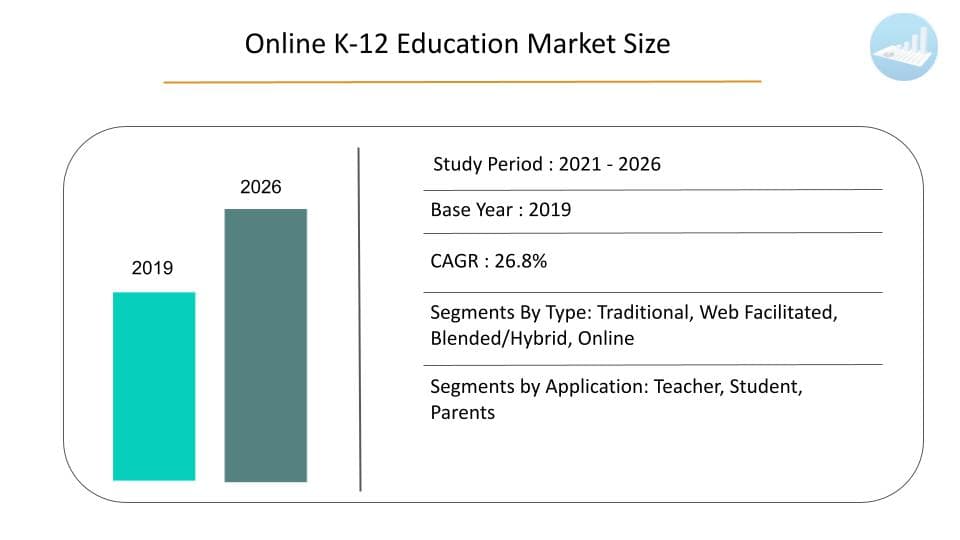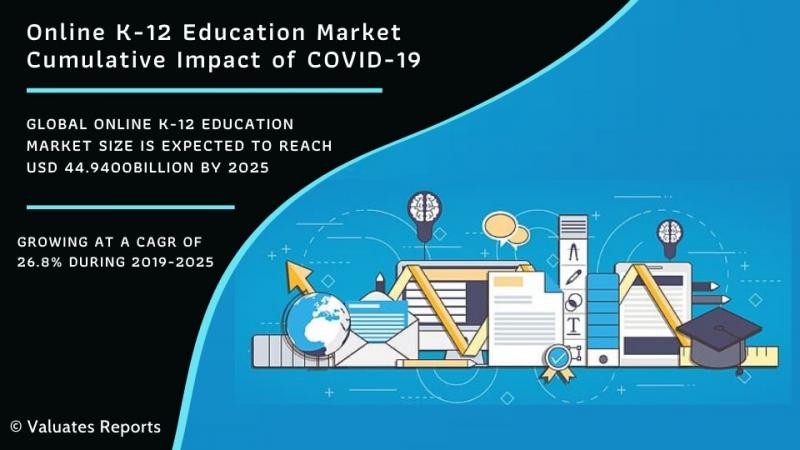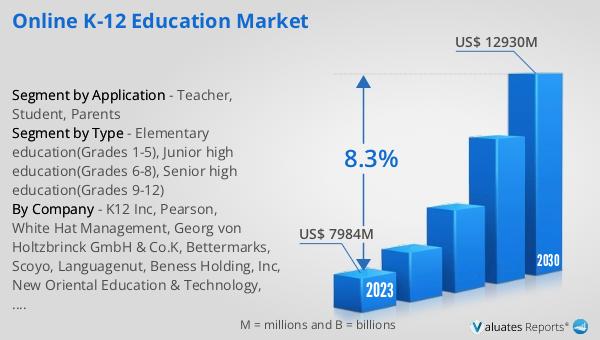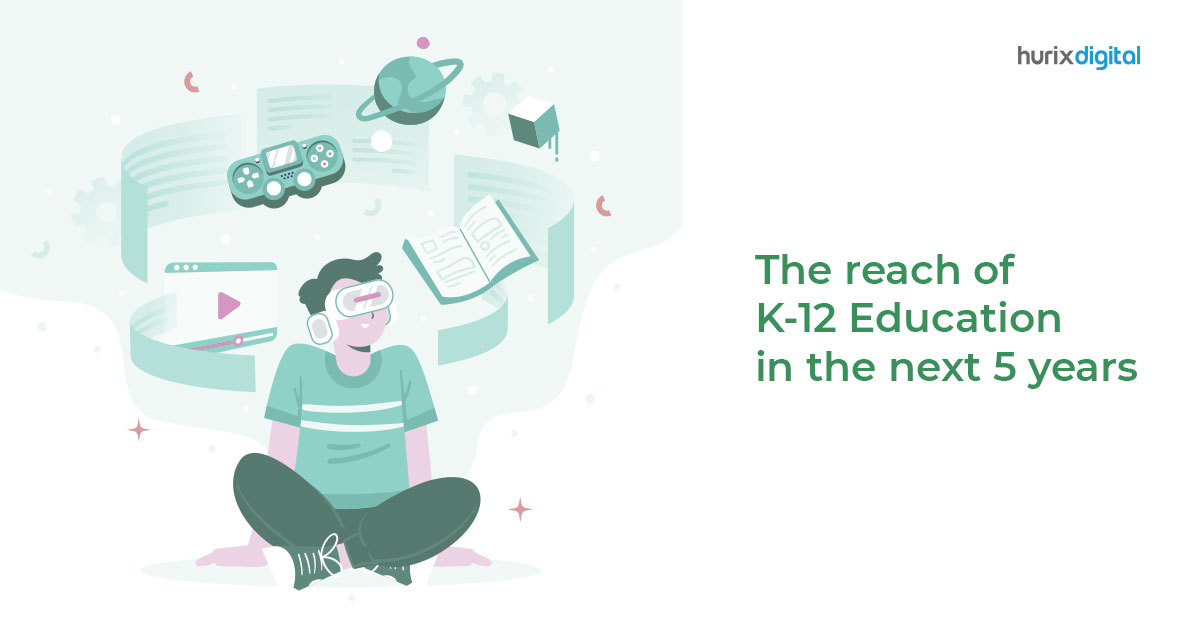Navigating the Landscape of Affordable Online K-12 Education in 2025
Related Articles: Navigating the Landscape of Affordable Online K-12 Education in 2025
Introduction
With enthusiasm, let’s navigate through the intriguing topic related to Navigating the Landscape of Affordable Online K-12 Education in 2025. Let’s weave interesting information and offer fresh perspectives to the readers.
Table of Content
Navigating the Landscape of Affordable Online K-12 Education in 2025

The landscape of education is undergoing a rapid transformation, with online learning emerging as a viable and increasingly popular alternative to traditional brick-and-mortar schools. This shift is particularly pronounced in the realm of K-12 education, where families are seeking cost-effective and flexible learning solutions. While the term "cheap" might be a misnomer, the availability of affordable online K-12 programs is expanding, offering families a wider range of options and greater control over their children’s education.
This article delves into the evolving world of affordable online K-12 education in 2025, exploring its key aspects, benefits, and potential challenges.
Understanding the Shifting Paradigm
The rise of affordable online K-12 programs is driven by several factors:
- Technological Advancements: The rapid development of technology, particularly in areas like online learning platforms, video conferencing, and digital content creation, has made it possible to deliver high-quality education remotely.
- Cost Considerations: Traditional schooling can be expensive, with tuition fees, transportation costs, and extracurricular activities adding up. Online programs, in many cases, offer a more budget-friendly alternative.
- Flexibility and Customization: Online learning allows for greater flexibility in terms of scheduling and pace. Students can learn at their own pace, accommodating individual learning styles and needs.
- Access and Inclusivity: Online programs can bridge geographical barriers and provide access to education for students who might not have access to traditional schools due to location, disability, or other factors.
Types of Affordable Online K-12 Programs
The spectrum of affordable online K-12 programs is diverse, encompassing various models:
- Public Virtual Schools: Many states offer free, publicly funded online schools, typically accessible to residents. These programs often follow the same curriculum standards as traditional public schools.
- Charter Schools: Some charter schools offer online programs, often with a focus on specific educational philosophies or learning styles.
- Private Online Schools: Private schools, both traditional and online, offer a range of tuition options, with some providing scholarships and financial aid.
- Homeschooling Programs: Online homeschooling programs offer families a structured curriculum and support resources, enabling them to personalize their children’s education.
- Hybrid Models: Some schools offer blended learning programs, combining online learning with traditional classroom instruction.
Factors to Consider When Choosing an Affordable Online K-12 Program
While affordability is a crucial consideration, it is essential to evaluate other factors before choosing an online program:
- Curriculum and Standards: Ensure the program adheres to state and national standards, providing a solid foundation for future academic pursuits.
- Teacher Qualifications and Support: Investigate the qualifications and experience of teachers, as well as the availability of support services, such as tutoring and counseling.
- Technology Requirements: Assess the technology requirements and ensure your family has access to reliable internet connectivity and appropriate devices.
- Socialization Opportunities: Online learning can sometimes limit social interaction. Look for programs that offer opportunities for virtual interaction with peers and teachers.
- Family Fit: Consider the family’s learning styles, values, and preferences when choosing a program.
Benefits of Affordable Online K-12 Education
- Cost-Effectiveness: Online programs can significantly reduce educational expenses, freeing up resources for other family needs.
- Flexibility and Customization: Students can learn at their own pace, tailoring their education to their individual strengths and weaknesses.
- Personalized Learning: Online programs often incorporate adaptive learning technologies, providing personalized instruction based on each student’s needs.
- Increased Access to Resources: Students can access a wider range of resources, including online libraries, digital textbooks, and interactive learning tools.
- Improved Time Management: Online learning allows for greater flexibility in scheduling, enabling students to balance their studies with other commitments.
Challenges of Affordable Online K-12 Education
- Technological Barriers: Access to reliable internet connectivity and suitable devices can be a barrier for some families.
- Lack of Social Interaction: Online learning can limit social interaction, potentially affecting students’ social and emotional development.
- Parental Involvement: Online learning requires a high level of parental involvement to ensure students stay on track and receive adequate support.
- Teacher Quality and Support: The quality of online teachers and the availability of support services can vary significantly between programs.
- Lack of Standardization: The lack of consistent standards and regulations across online programs can make it challenging to assess their quality.
FAQs about Affordable Online K-12 Education
Q: Is online learning effective?
A: Research suggests that online learning can be as effective as traditional classroom instruction, particularly when implemented with high-quality curriculum and dedicated teachers.
Q: Are online programs accredited?
A: Accreditation is essential for ensuring the quality and legitimacy of online programs. Look for programs accredited by reputable organizations, such as AdvancED or the Southern Association of Colleges and Schools (SACS).
Q: How do online programs handle standardized testing?
A: Most online programs administer standardized tests either online or through proctoring services.
Q: What about socialization and extracurricular activities?
A: Many online programs offer opportunities for virtual socialization through online clubs, forums, and group projects. Some also provide access to extracurricular activities, such as online sports teams or virtual music programs.
Q: How can I choose the right online program for my child?
A: Consider factors such as curriculum, teacher qualifications, technology requirements, and family fit. Research different programs, read reviews, and contact programs directly to ask questions.
Tips for Success in Affordable Online K-12 Education
- Establish a Dedicated Learning Space: Create a quiet and organized space for learning, free from distractions.
- Set a Consistent Schedule: Stick to a regular schedule for online learning, promoting focus and discipline.
- Encourage Active Participation: Encourage students to actively participate in online discussions, ask questions, and engage with the material.
- Communicate with Teachers: Maintain regular communication with teachers to discuss progress, concerns, and any learning challenges.
- Promote Social Interaction: Encourage students to connect with other online learners through virtual clubs, forums, or group projects.
Conclusion
Affordable online K-12 education is rapidly evolving, offering families a valuable alternative to traditional schooling. While challenges exist, the benefits of flexibility, cost-effectiveness, and personalized learning make online education a compelling option for many. By carefully evaluating program quality, ensuring access to technology, and fostering a supportive learning environment, families can leverage the potential of affordable online K-12 education to empower their children’s academic journey.






Closure
Thus, we hope this article has provided valuable insights into Navigating the Landscape of Affordable Online K-12 Education in 2025. We appreciate your attention to our article. See you in our next article!
